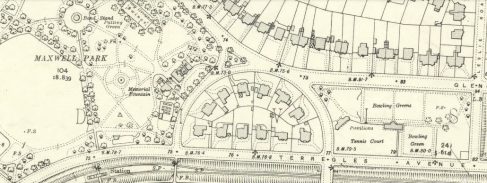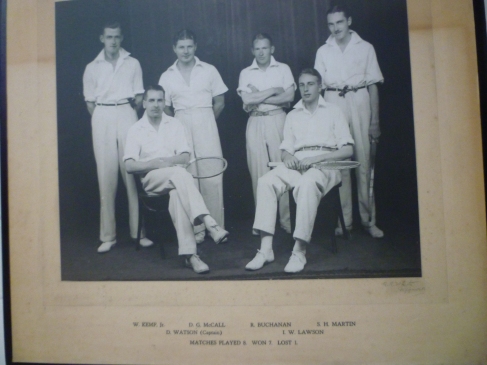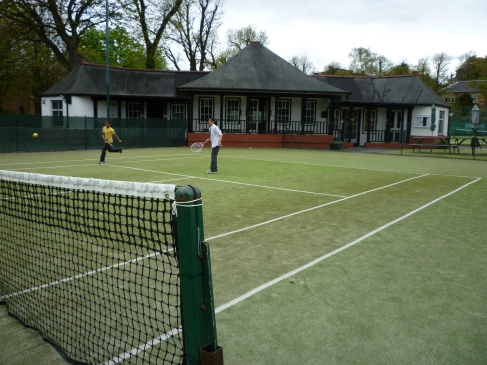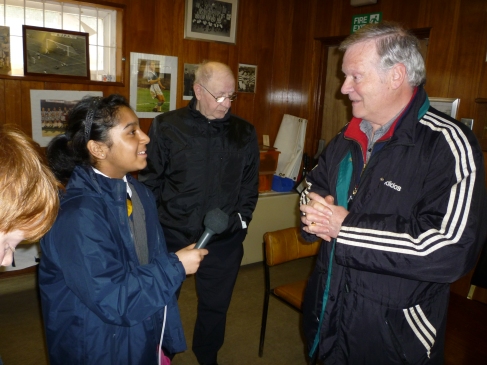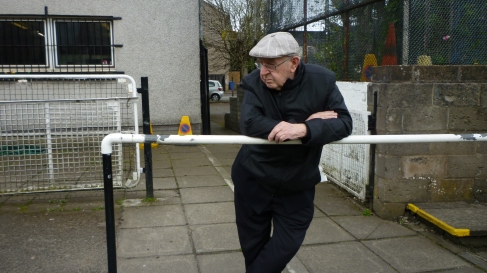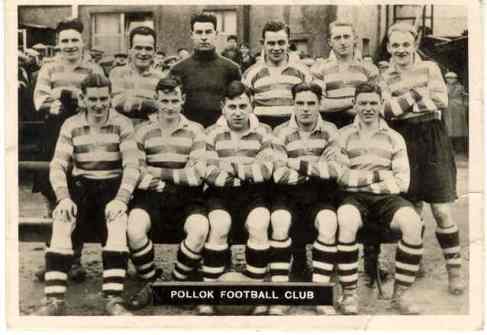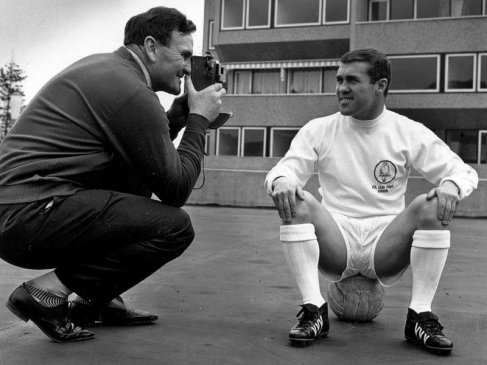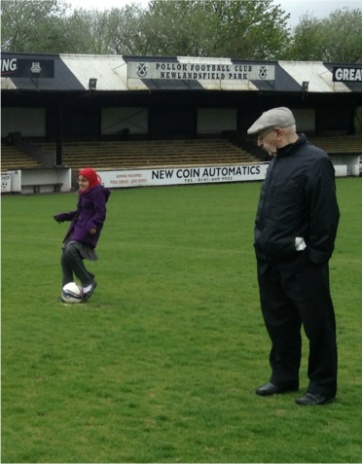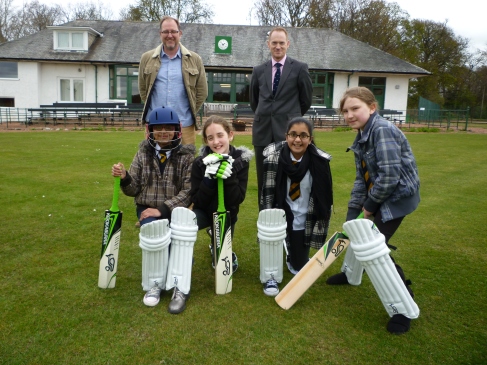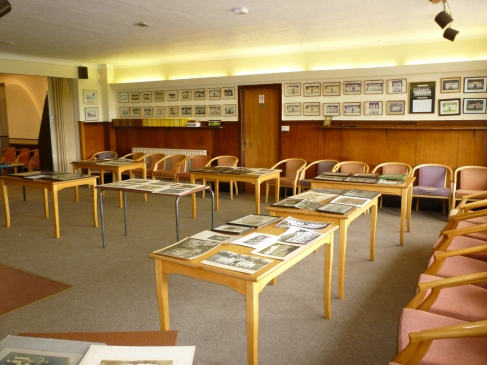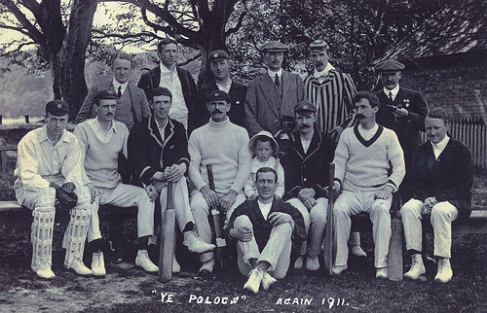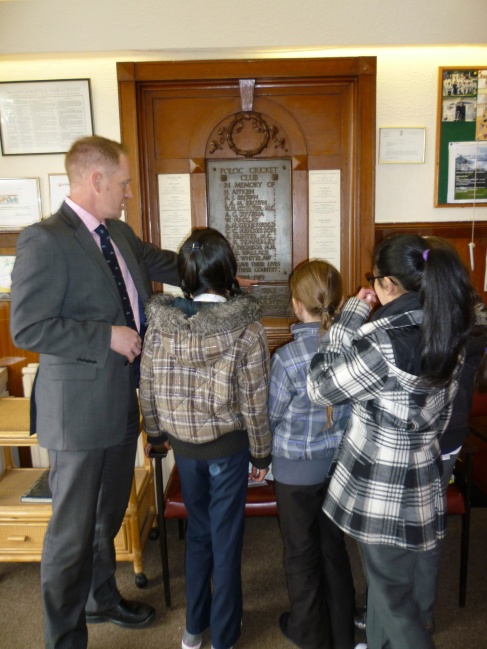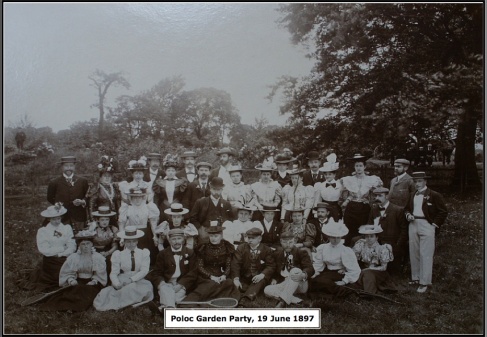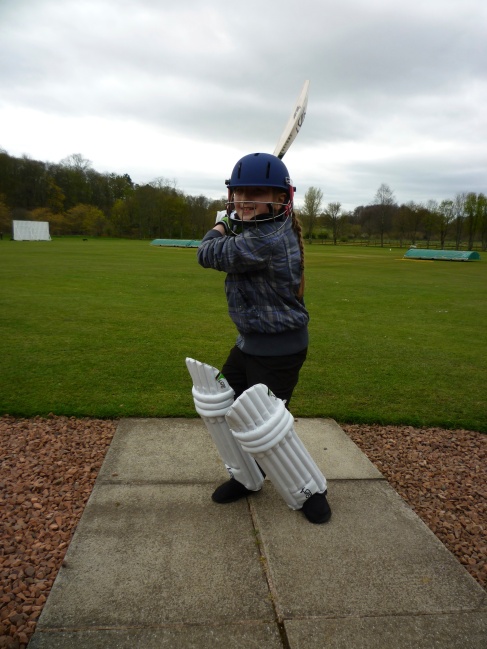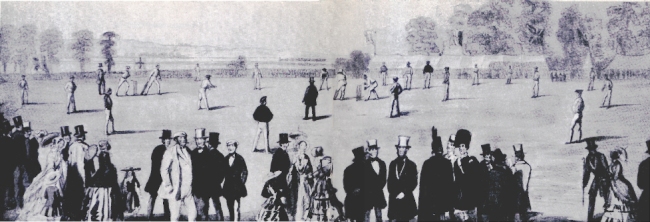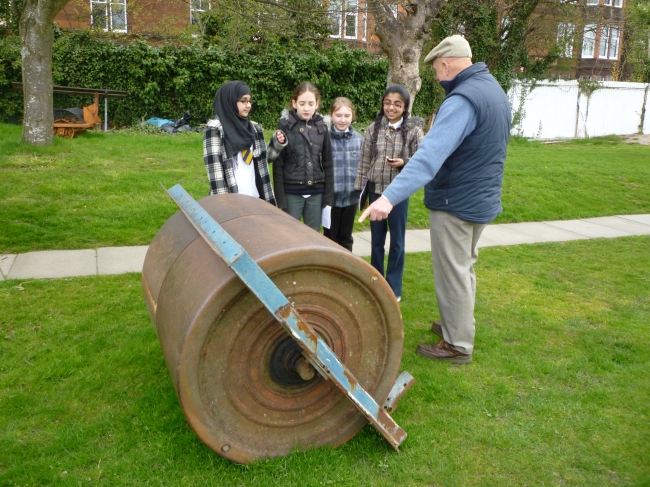A group from Shawlands Primary visited Titwood Tennis Club in the leafy suburb near Maxwell Park in Pollokshields and met the club Treasurer Joan Walsh. The club was formed in 1890 at the same time as the adjacent bowling club which shares the same name and plot of land originally under the tenure (feu) of Sir John Stirling Maxwell.
Joan told the children about the history of club membership, which at its peak reached over 600 and now stands at around 300 with many family members. The children discovered Joan took up playing the sport in her fifties and the oldest member of the club is in his eighties -proof if needed that tennis is a sport for all ages.
The children asked various questions about playing tennis, competitions and trophies, and the various photographs of former club teams that are now displayed in the clubhouse.
The current clubhouse was designed by local architect Robert Walker in 1913. Walker had worked on exhibition space at Kelvingrove and the Albert Hall in Glasgow, the Titwood pavilion (below) was completed in 1925.
The children had the opportunity to play some tennis and learn the basics of play and the method of scoring.
Who knows, Titwood could be home to Scotland’s next Andy Murray!


